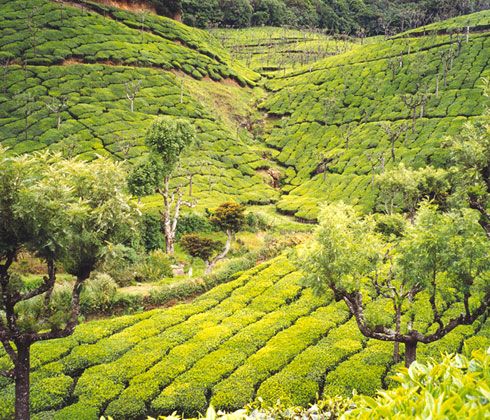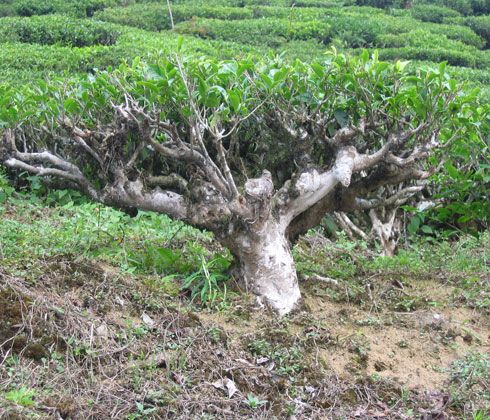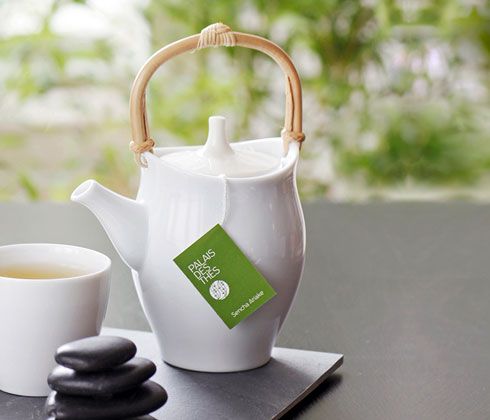Understanding tea
Learn about tea: its history, how it is grown, the plantations and more - there is so much to discover!

The history of tea
It began in 2737 BC, in China. Legend has it that Emperor Shen Nung was boiling water beneath a tree to quench his thirst, when a gentle breeze blew some of the leaves off the branches above. They landed in the water, colouring it and leaving it delicately flavoured. The emperor tasted it, found it delicious, and took another sip. The tree was a wild tea plant - and so tea was born.

Growing tea
The tea plant originated in Asia. This shrub is a member of the evergreen Theaceae family. Optimal conditions for its growth are a warm and humid climate with an average temperature of 20°C. The tea plant thrives at altitude and can even grow above 3,000 metres.
Tea-producing countries
China is the biggest tea-producing country and offers the widest selection of teas in the world. Together, China, India, Kenya and Sri Lanka represent 75% of global production. Japan, Taiwan, Nepal and South Korea are also known for the excellent quality of their teas.

Tea grades
The leaves of green teas and Oolongs are generally left whole and are therefore not graded. The same goes for certain black teas, particularly Chinese, which are sufficiently well-known by name for the quality to be a given. For other black teas, the grade is important as it provides two pieces of information: the skill and delicacy of the harvesting, and the size of the leaf (whole, broken, fannings, dust).

Tea & Health
From its birth in Asia, tea has been considered to be beneficial for health. Polyphenols, which are present in tea, are largely responsible for these benefits.









